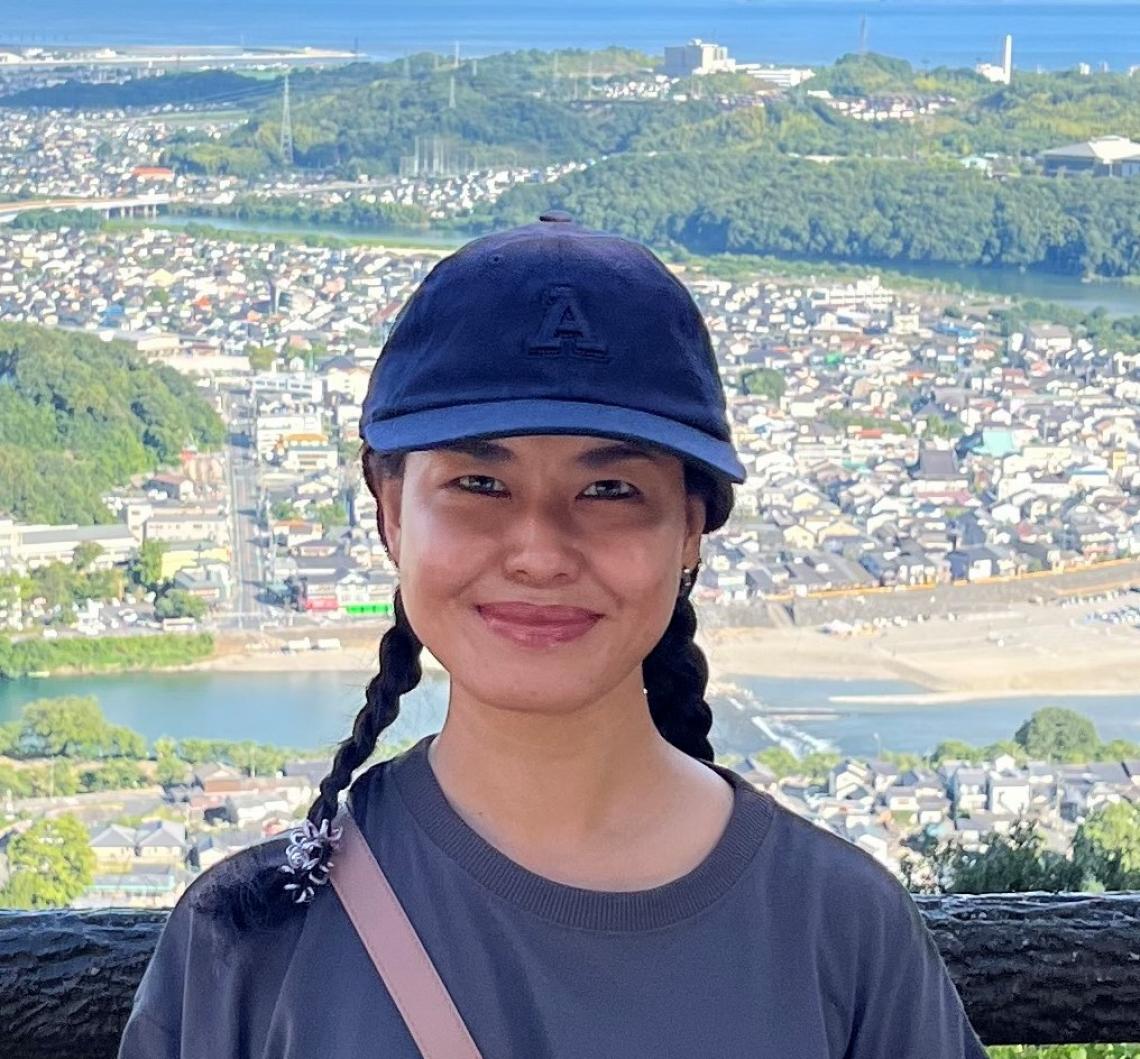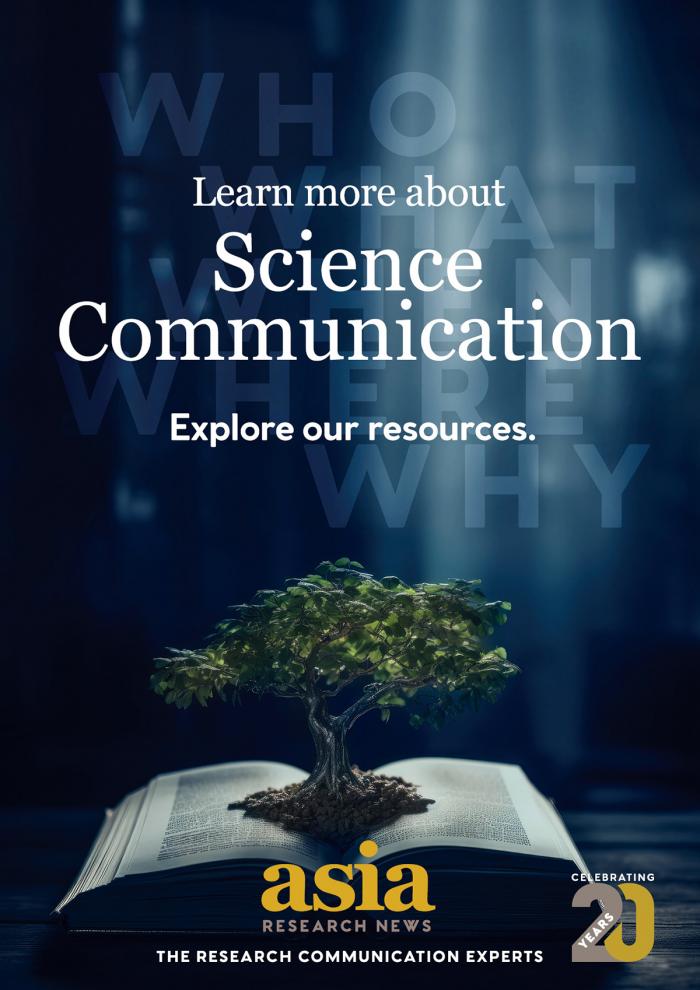Monitoring research for further impact
Mikas Matsuzawa, International Communications Manager at Hiroshima University
Asia Research News brings you guidance and experiences for communicating research. Join our community and communicate with confidence.
To understand, first you need to listen.
Wise proverbs always tell us to listen more but our fast-paced world comes with much noise. Listening and cutting through all that noise can be a Herculean task. This is why our monitoring service is popular with communication teams, who use it to know how far their story goes, who is interested in their institution and more importantly, to listen and understand.
We spoke with Mikas Matsuzawa, International Communications Manager for Hiroshima University, about how she uses this service and why it helps her in her day-to-day job.
Q: Why is it important for you as a communications officer to monitor media coverage of Hiroshima University?
Mikas Matsuzawa: Monitoring our media coverage is very important as it helps us evaluate our success and strategies. Information is powerful and data is key to that information. We use it to decide whether to continue a certain strategy, adapt or change it. The information from your service helps us take note of which journalists have written about us and for us to reach out and build relationships.
Q: We send you a daily email with news and social media mentions. How do you use these?
Mikas Matsuzawa: We use it in two ways. First, to get a cursory glance of who has covered Hiroshima University and who is talking about us on social media. It helps us see right away how our press releases are performing, alert us if the interviews we set up or stories pitched to journalists are already out, and discover earned media we did not do any PIO work for. This overview on our online word-of-mouth tells us how well we are doing in terms of our branding and reputation awareness goal.
Second, we use it to look for newsworthy research we could write about. Our university produces thousands of studies published in different journals, but finding them when they are freshly published or still under embargo is difficult. Your monitoring service helped us discover some of the newly published studies.
Q: Can you tell us a bit more about the discoveries?
Mikas Matsuzawa: One of our most popular releases recently was on a study we found using your monitoring tool. It was a research about periodontitis being a potential risk factor for arrhythmia. When I saw that study, I immediately understood its newsworthiness and we sent out a press release to the international media. Another one was on air pollution’s negative impact on the prognosis of stroke.
Q: Our monthly reports contain a lot of information. How do you navigate them?
Mikas Matsuzawa: The monthly reports contain valuable data that we use for our own reporting and to assess our strategies. For example, although we were tasked to single out studies published in Q1 journals — those that rank in the first quartile or top 25% of a specific discipline based on impact factor — data has shown that our press releases featuring studies from Q2 and below journals have also been picked up by major news agencies, so we have made exceptions if the study is newsworthy.
I always start off with your summary tab, which gives me a good overview, followed by the English and Other Language mentions. The website reach numbers are useful too as it helps me work out which are more reliable sites and the countries data tell us about our international reach.
Q: What other tools do you use for research communication?
Mikas Matsuzawa: I use the MozBar Google Chrome extension to work out the quality of websites that picked up our release and include only those that are reputable mid-range industry blogs and top-tier news agencies. We also use Google Alerts as a supplementary tool and Google Analytics for our website. AllTop.com is useful to check out top news outlets in certain fields and until recently, Tweetdeck, to help find journalists we want to pitch to.
Q: Would you recommend monitoring services to other communication officers?
Mikas Matsuzawa: Yes, absolutely! Since, we are a small team, we really need to pay attention to which areas of our strategies are working and which are not. Having the data can help us see where we can devote our limited energies and resources on. It helps us know when we are making progress, celebrate wins, and prove the value of research communications.
Q: What do you find most rewarding about being a communicator?
Mikas Matsuzawa: On a personal level, seeing how our science communications and media relations work have helped spread the word about our researchers and their work gives me a sense of fulfilment. When our researchers write back to us to tell us how happy they are about the media attention on their study, it feels like we did our job well. Sometimes they write to us to share news about how our work helped them reach the right people and now they are getting the support needed to make a positive impact. I find it rewarding that we were able to help shine a light on research that could help make our world a better place.
Find out more about our monitoring services.




